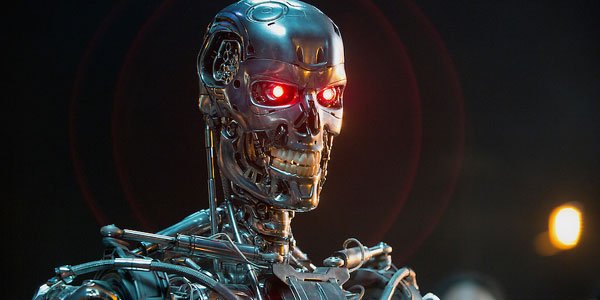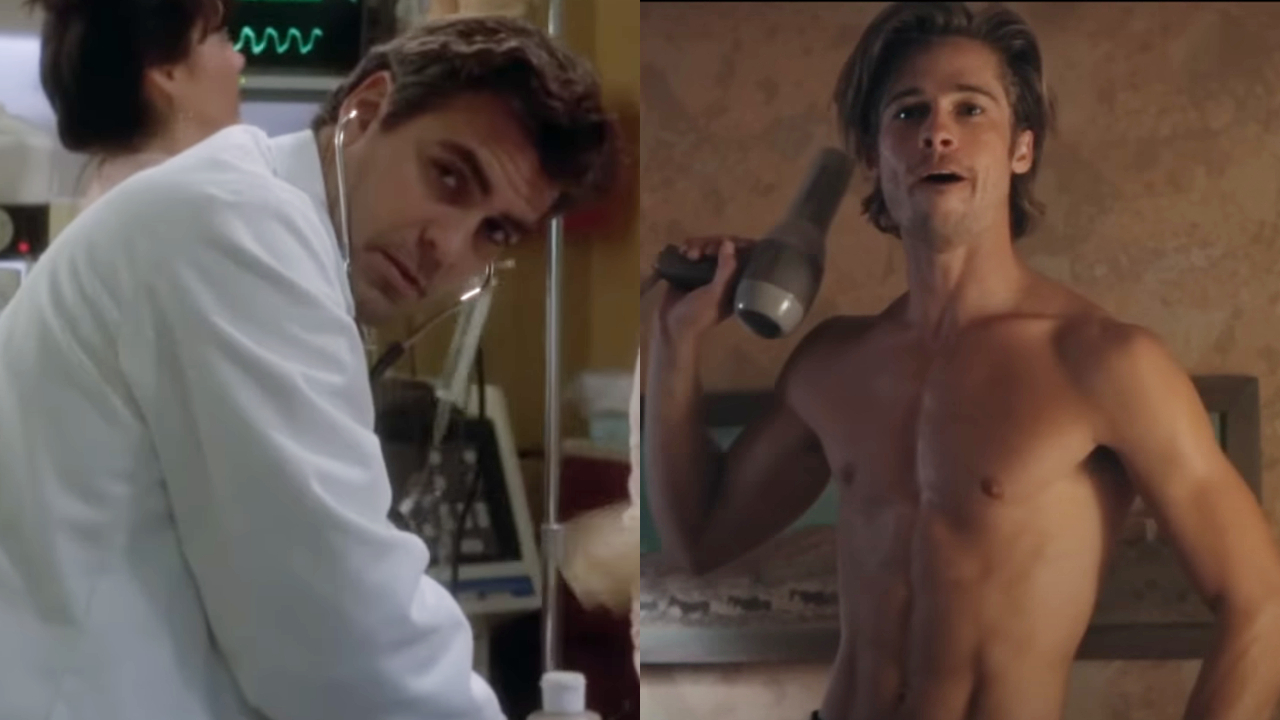Terminator Genisys Post-Credits Scene: What Happens, And What It Means

SPOILER WARNING: This article contains some absolutely massive spoilers for Terminator: Genisys. If you haven’t seen the movie yet, and don’t wish for the ending to be ruined, you may want to click away to another one of our wonderful articles.
Just before the credits roll on Terminator: Genisys, it looks like everything is just peachy. Both Emilia Clarke’s Sarah Connor and Jai Courtney’s Kyle Reese manage to survive the final battle against the movie’s titular computer network, and Arnold Schwarzenegger’s “Pops” even gets a liquid metal upgrade. But those who wait around for the scene after the credits know that not all is really well in this new timeline, as Genisys is actually still alive.
Admittedly the scene is very quick – lasting only about 10 seconds – but it makes an impact, and makes sure that the audience knows that this story isn’t over just yet. The scene begins with a ball that is filled with red light and glowing – but then we see that it’s not alone. It turns out that Genisys – represented by a blue light in the shape of a child – has not been destroyed, and that the future of the robot uprising is still a very real thing.
This past weekend I had the opportunity to talk with Terminator: Genisys director Alan Taylor about his new movie, and it was at the close of our conversation that I brought up the post-credits sequence – seeking his inside knowledge of what it means for the future of the franchise. Noting that the scene was always part of the script from when he became involved, the filmmaker’s explanation of what it means is pretty cut and dry:
It was always there as a kind of gateway - to further developments… It’s precisely a kind of, ‘it’s not over yet’ moment. On the one hand, it’s one of the things that points to there being further chapters. On the other hand, this is a kind of franchise where I don’t think anybody really believes that you’re going to end up neatly or happily. So, when our heroes drives off into the sunset and we think, well that went well. There’s still going to be a nagging feeling that wait, it’s not that easy.
The director also revealed to me that the scene wasn’t always going to be a post-credits stinger. At times points through the post-production process it was actually put into the movie. As the movie went through test screenings, it was determined that the best place for that moment was at the very end of the last reel.
When Terminator: Genisys was announced in 2013, it was noted that the movie is going to be the first in a new trilogy of films. It’s for this reason that the movie doesn’t have a firm conclusion and feature the ultimate death of Genisys, and leaves so many unanswered questions. In my interview, however, Alan Taylor confirmed that there is a larger plan for the future of the series, filled with all the big answers. Discussing the paradox that drives the entire series (in order for John to be born, Kyle has to be sent back in time, and that doesn’t happen until the robot uprising), Taylor explained,
There is, in fact, a final resolution to that paradox that I know Skydance has in mind, and it will be wonderful if they get a chance to bring that out in further, in later chapters. But the [post-credits scene] is pointing to later chapters, and at least saying, ‘It’s not that simple.’
Terminator: Genisys is in theaters nationwide now.
Your Daily Blend of Entertainment News

Eric Eisenberg is the Assistant Managing Editor at CinemaBlend. After graduating Boston University and earning a bachelor’s degree in journalism, he took a part-time job as a staff writer for CinemaBlend, and after six months was offered the opportunity to move to Los Angeles and take on a newly created West Coast Editor position. Over a decade later, he's continuing to advance his interests and expertise. In addition to conducting filmmaker interviews and contributing to the news and feature content of the site, Eric also oversees the Movie Reviews section, writes the the weekend box office report (published Sundays), and is the site's resident Stephen King expert. He has two King-related columns.
